News
Burkina Faso's crisis, explained: 5 Things to know in 2022
Since 2021, Concern has been responding to a multifaceted humanitarian crisis in the western African country of Burkina Faso. Learn more about what’s going on.
Read MoreNot every humanitarian crisis makes the front page, but it doesn't mean they're any less urgent. Here are eight "forgotten" humanitarian crises you should know in 2024.
There is no shortage of humanitarian emergencies as we head into 2024. But for many crises, the issues remain long after the news cameras leave — if they ever show up in the first place.
These are the stories that fell off the front page as they became more complex. These are the stories that quickly became forgotten because not much was changing on the ground and newer emergencies took their place. These are the stories that have yet to make the front page at all. More importantly: They are, in the end, emergencies that affect millions of people. Based on humanitarian data from UNOCHA’s 2024 Global Humanitarian Overview, here are 8 forgotten humanitarian crises that you should know about.
First, let’s get on the same page with one key definition: The United Nations’s Office for the Coordination of Humanitarian Affairs (OCHA) defines a humanitarian crisis as “a singular event or a series of events that are threatening in terms of health, safety or well-being of a community or large group of people.”
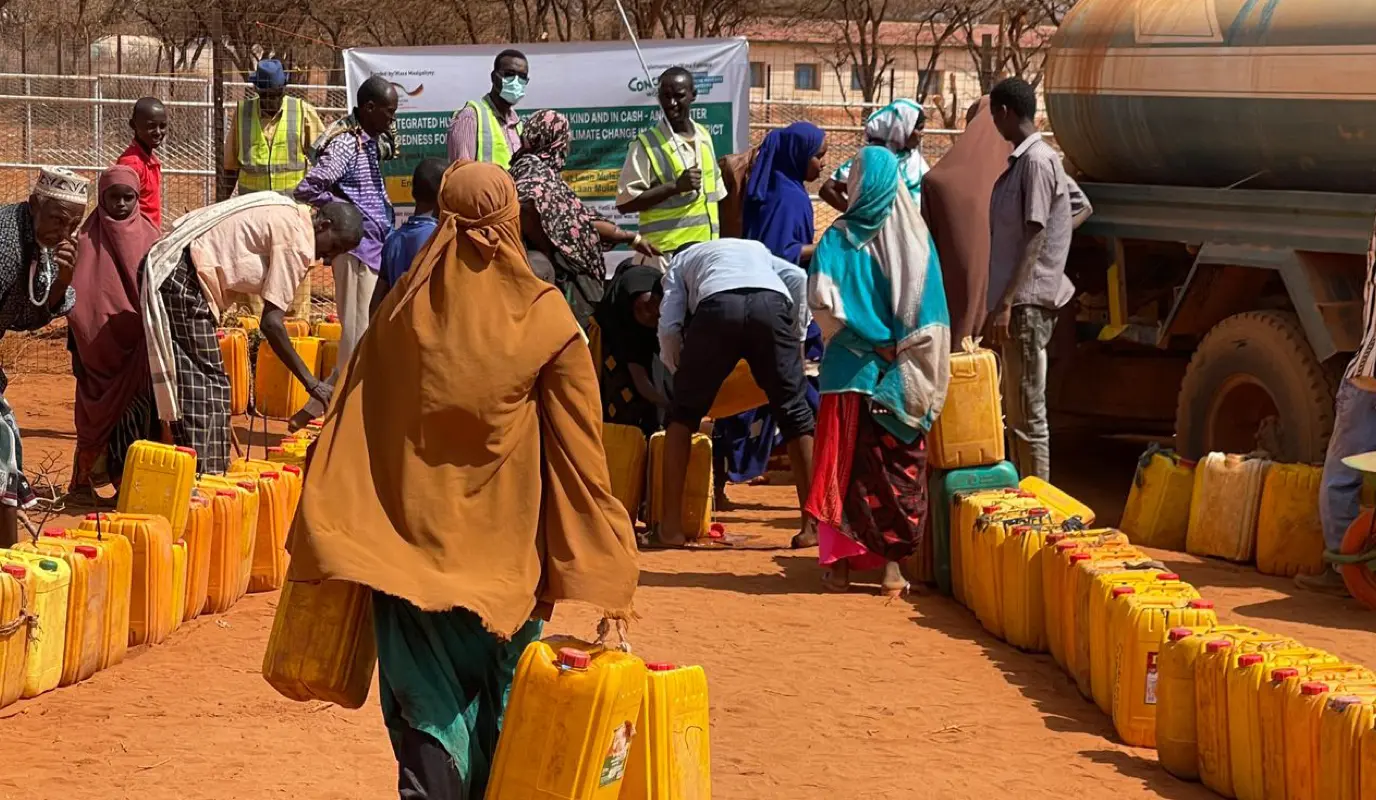
Earlier this year, rains broke the drought in the Horn of Africa. However, that’s not the end of the story. Overlapping crises have plagued Somalia for decades, including climate change and conflict, and while the country managed to avoid a famine at the beginning of this year, hunger remains a persistent issue for millions, further compounded by ongoing military actions and flooding caused by this year’s fall rains. A scale-up in humanitarian aid in 2022 and 2023 helped to avoid catastrophe, but 6.9 million Somalis still require humanitarian assistance. The UN has requested a budget of $1.7 billion to meet just under 75% of this need.
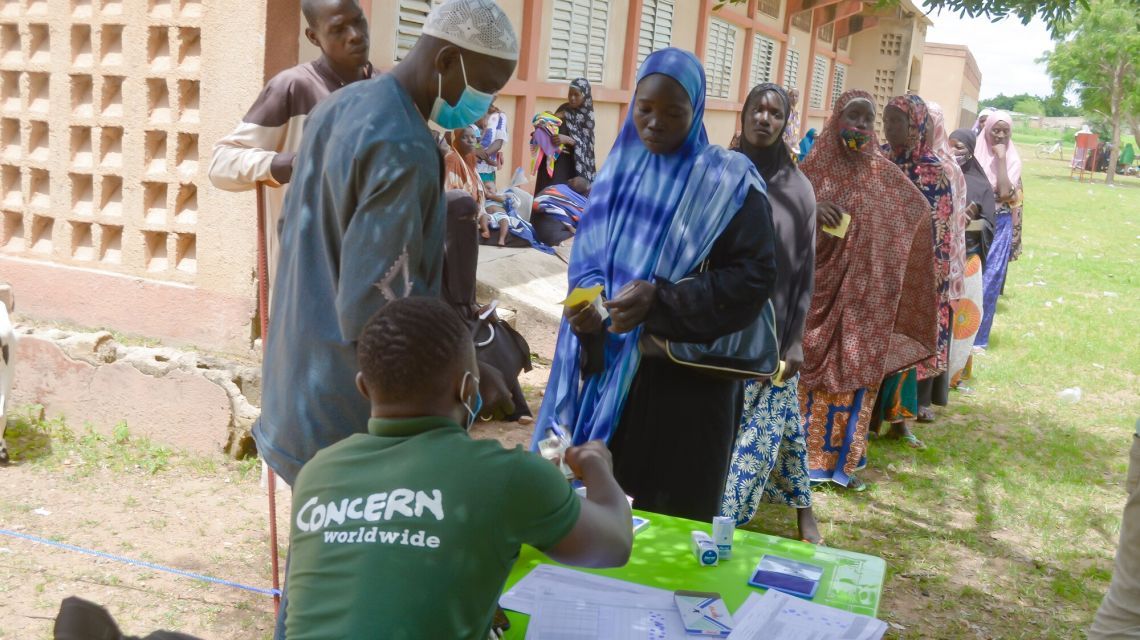
Per the UN, Burkina Faso is facing its worst humanitarian crisis in history, with one out of every four Burkinabè requiring humanitarian assistance (a total of 6.3 million). The country has faced an upsurge of violence that has escalated throughout the Sahel region (including Chad and Niger — more on each country below), and an attempted coup from last year is still fresh in recent memory. Non-state armed groups have cut off access to certain areas of the country, affecting nearly 1 million people living in these regions who are left without food and other basic services. An additional 1.76 million Burkinabè have been internally displaced by violence.
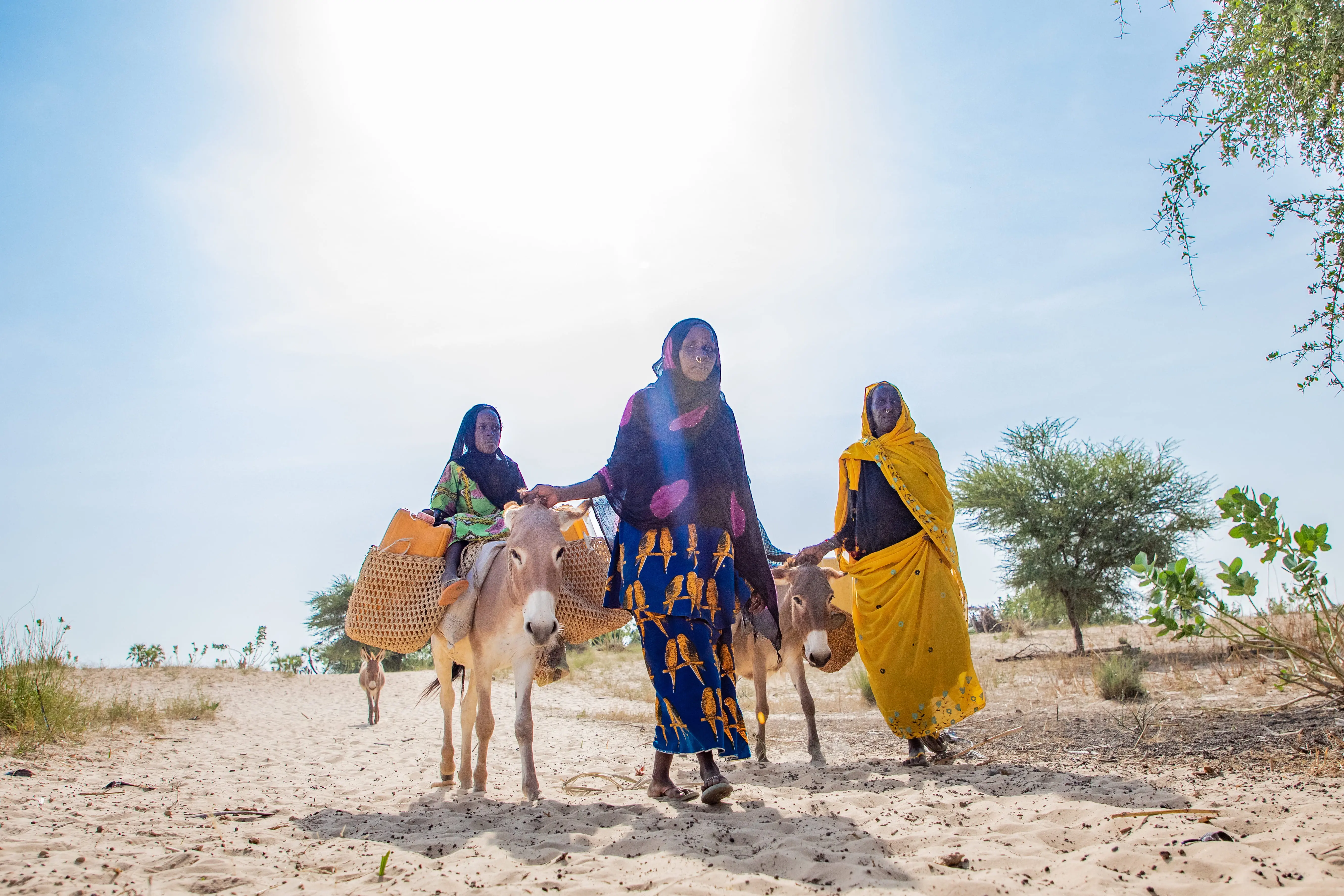
Bordering six countries across the Sahel and central Africa, Chad has faced a growing humanitarian crisis largely out of the public eye. Armed groups in the region (see Burkina Faso, above, and Niger, at number 5) have also brought violence to the country, which is also a key host community to refugees — especially in the wake of renewed conflict in Sudan. Health emergencies and the climate crisis have worked with these circumstances to leave an estimated 5.8 million people in need of humanitarian assistance.
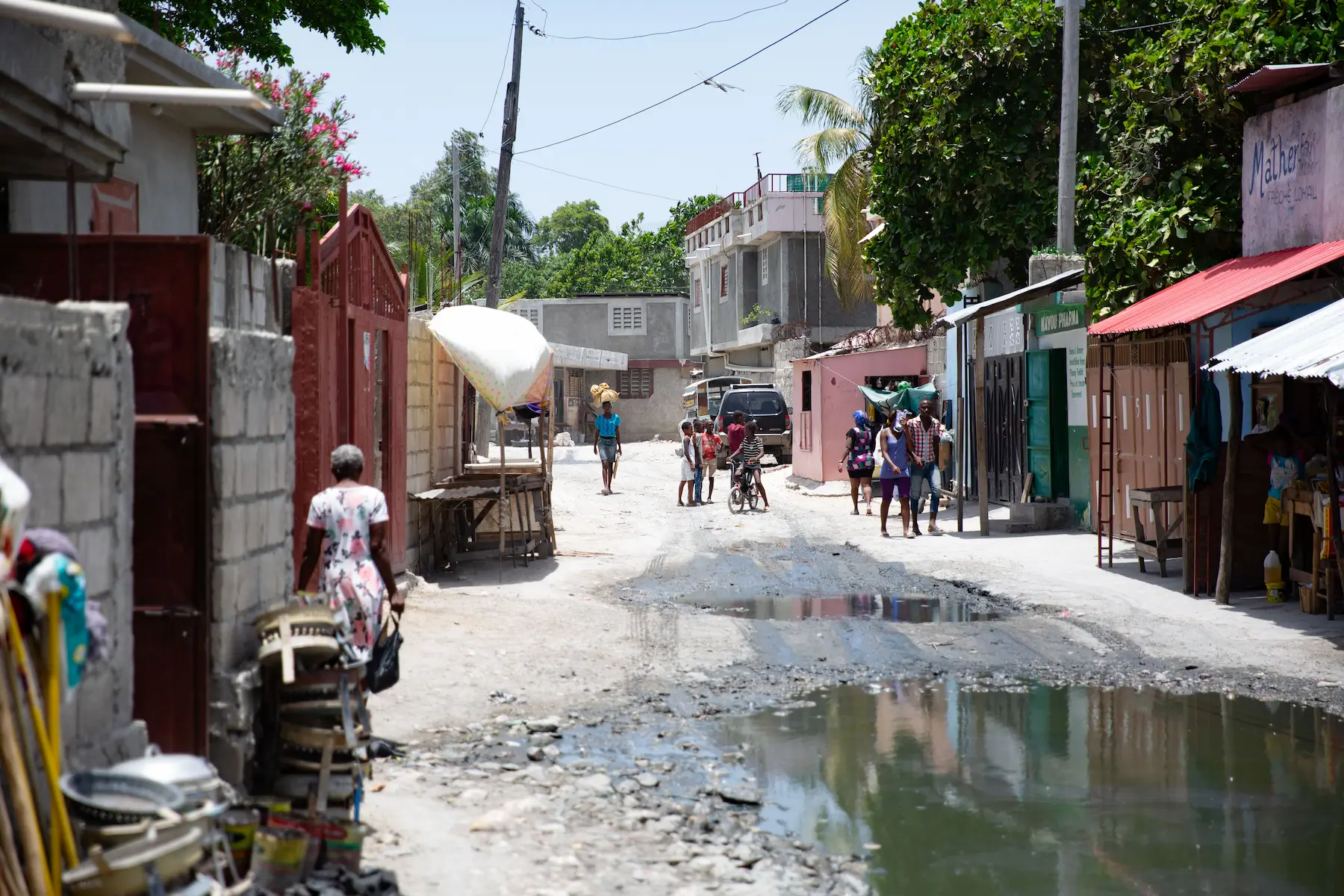
We’ve seen the occasional headlines from Haiti — including the assassination of president Jovenel Moïse in 2021 and the magnitude-7.2–earthquake that hit the country later that same summer. The country, which had all but eradicated cholera, is now one of the centers of the larger global cholera outbreak. Beyond this, the country faces ongoing violence in Port-au-Prince, consistent inflation, and is now one of the top five food-insecure countries in the world. For the first time in the country’s history, a large portion of its population is at risk of famine, and 5.5 million people require humanitarian assistance as we head into 2024.
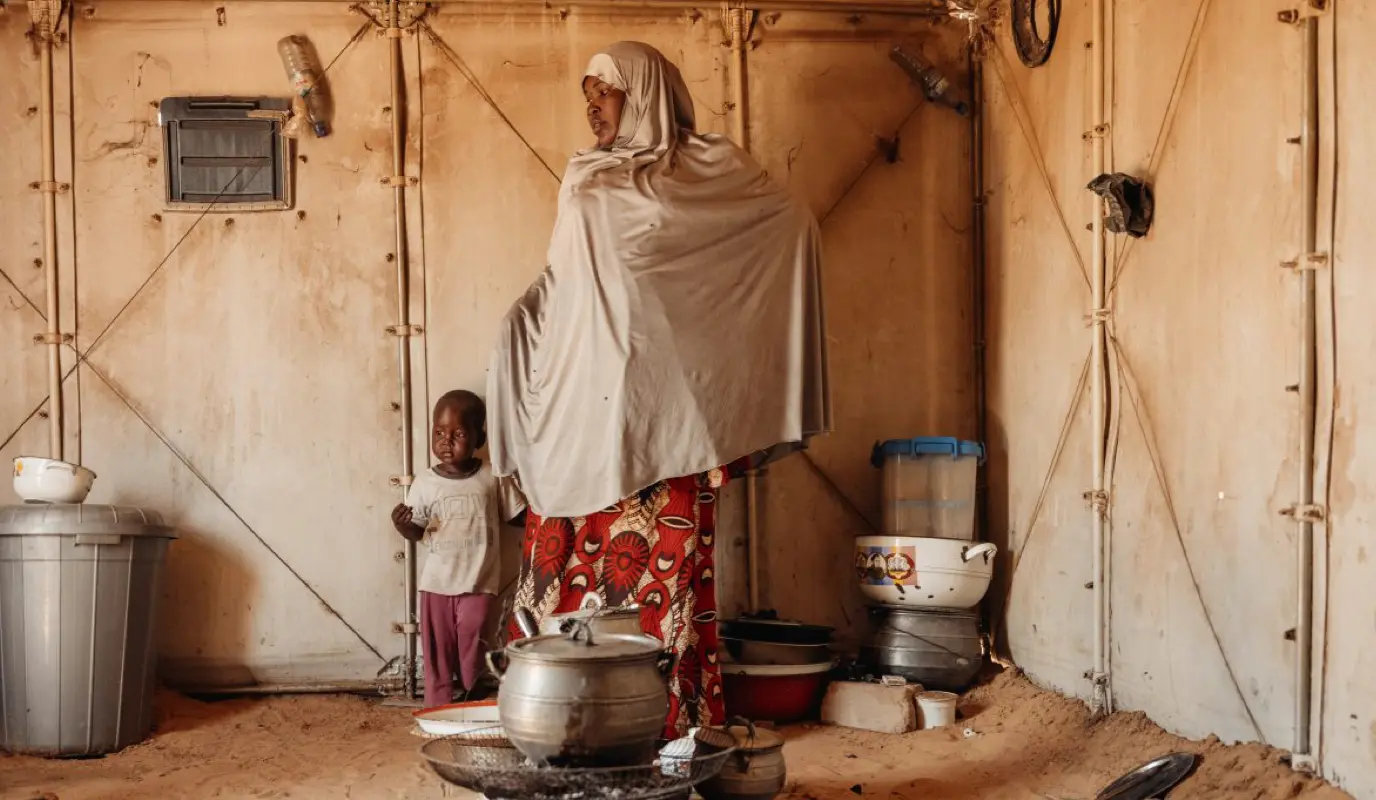
Situated between Burkina Faso and Chad, Niger has also faced a growing crisis that escalated with a successful coup d’etat earlier this year. The UN estimates 4.5 million Nigeriens require humanitarian aid, but can only afford to reach a little more than half of those people — and that’s if its budget for 2024 is met. This represents a 15% increase in need compared to previous years (and growing), particularly in the Diffa, Maradi, Tahoua, and Tillabéri regions, which are facing violence, hunger, climate change, and various public health crises.
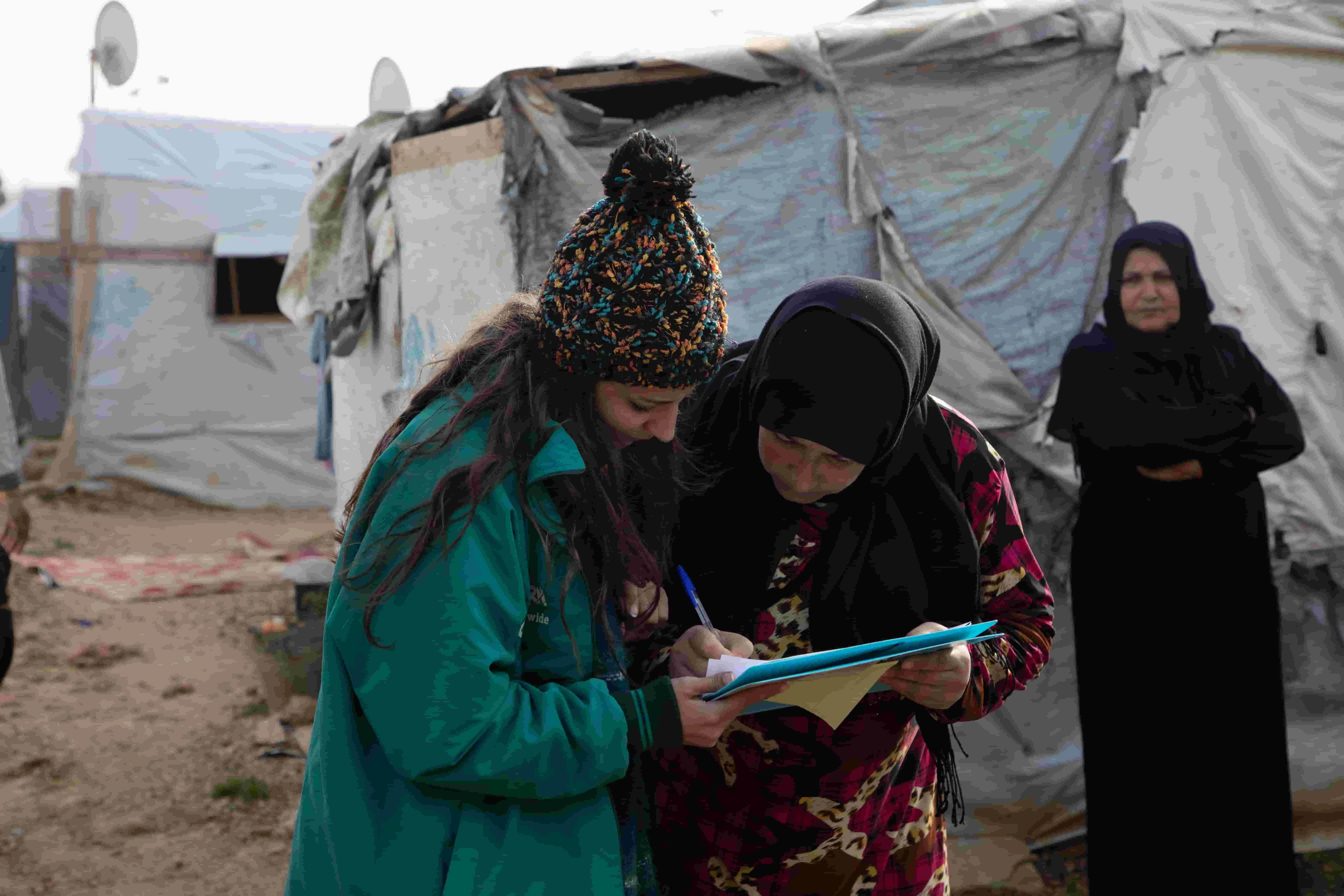
Over the last few years, an economic and financial crisis in Lebanon has led to issues of insecurity and instability for the country, including its large population of Syrian and Palestinian refugees and migrants. Inflation rates have left an estimated 3.8 million people — over two-thirds of the country’s population — in need of humanitarian assistance to meet their most basic needs, including hundreds of thousands of refugees living in informal tented communities without adequate clean water and sanitation services.
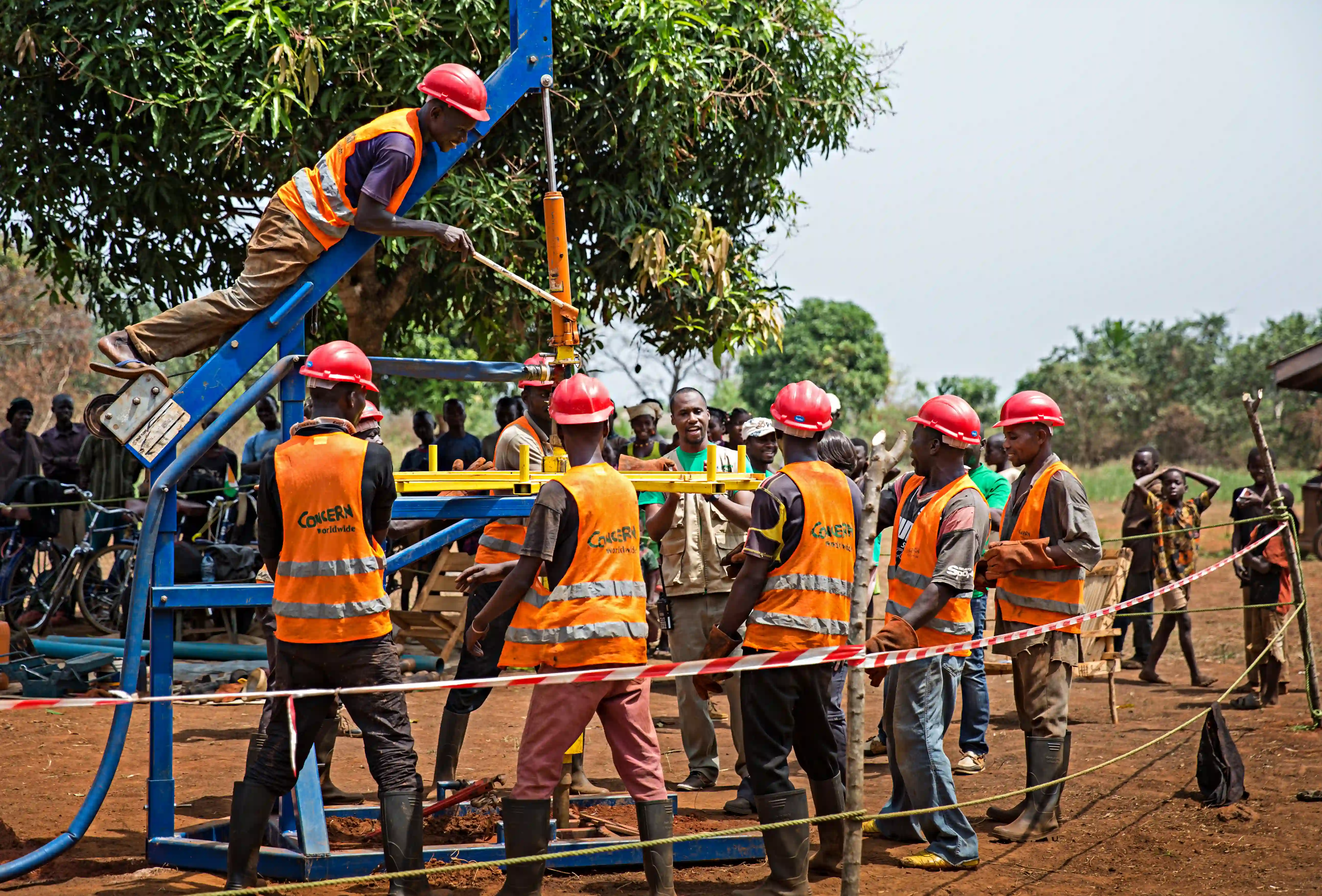
The Central African Republic crisis enters its thirteenth year in 2024 — an inauspicious milestone for a protracted conflict that remains one of the world’s forgotten humanitarian crises. Over half of the country’s population — 3.4 million people — require humanitarian assistance. As the UN writes: “In the past five years, there have never been as many people in humanitarian distress in the Central African Republic as today.” As the conflict continues without any signs of letting up, this will continue to erode services and options for millions of Central Africans who will become more and more vulnerable in the process.
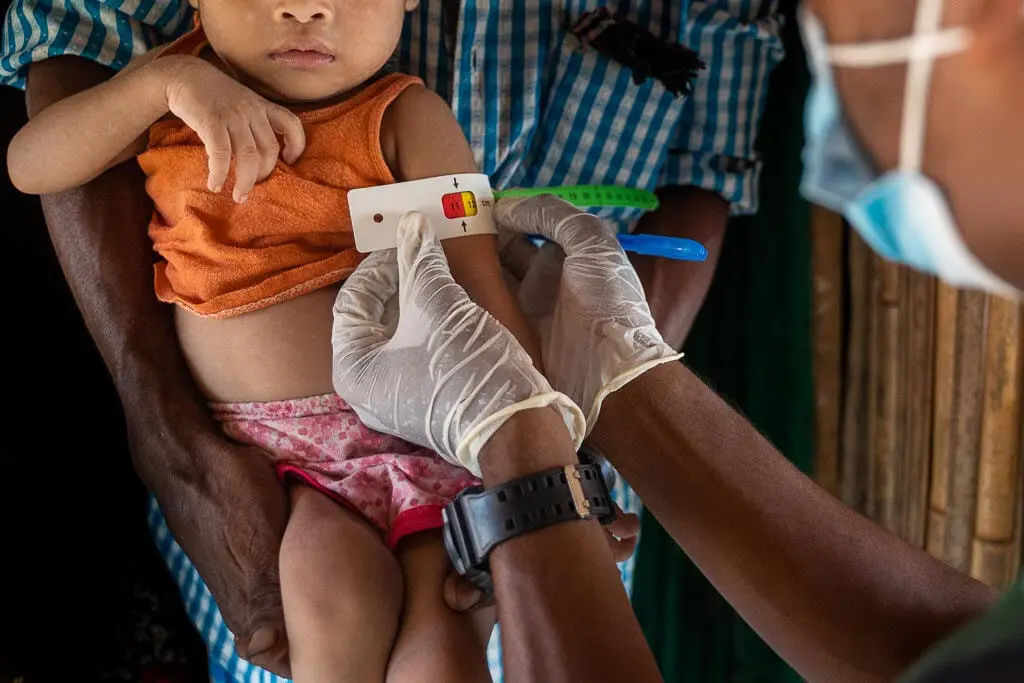
Six years in, the Rohingya crisis has no end in sight. Nearly 1 million stateless Rohingya Muslims are unable to return to their homes in Rakhine State, Myanmar, which has experienced further conflict and crisis since 2021. They have spent the last six years living in temporary shelters in neighboring Bangladesh, facing seasonal disease outbreaks, floods, and fires. While basic needs are being met, between funding shortages and crisis fatigue, they still face an uncertain future.
Emergency response is part of Concern’s DNA. Last year alone, Concern responded to 76 emergencies in 23 countries, reaching 16.4 million people. Not each of these emergencies was a full humanitarian crisis, but many of them represent smaller shocks that set many people further and further behind in the middle of a larger crisis. In each context our goal remains the same: fulfill our humanitarian mandate.
When an emergency strikes, we seek out the most vulnerable and hardest-to-reach communities to meet their immediate needs, and work with them to design innovative, fast and effective responses. We stay with them to help rebuild their lives and to ensure that they are better able to cope with future crises. Your support allows us to do this vital work.